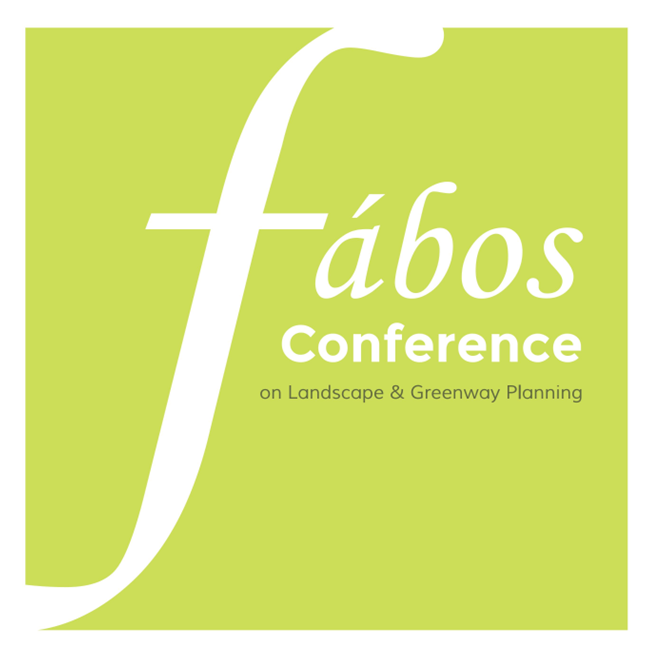Boom and Decline: When Greenways Link Low and High SES Neighborhoods
- Margaret Bryant (Center for the Urban Environment, Department of Landscape Architecture, State University of New York College of Environmental Science and Forestry)
Abstract
Social and economic inequalities in American cities mean that “booming cities” all have neighborhoods that are not thriving, and “declining cities” are likely to have some areas that are booming. Disadvantaged urban neighborhoods with high numbers of people living in poverty exist in all cities, but they are more pervasive in declining cities. Greenways, linear features in the urban landscape, cut across neighborhoods with varying levels of socioeconomic status (SES), depending on their design and place-specific characteristics. Where greenways link wealth to poverty, interesting concerns, issues, and opportunities arise. This paper reviews existing research on phenomena associated with this particular aspect of urban greenways: connections that greenways make between boom and decline, between wealth and poverty, between advantaged and disadvantaged neighborhoods. Factors specific to greenway planning in low SES neighborhoods are identified, and a greenway planning framework for addressing inequalities is proposed. Examples of specific greenway projects where high SES to low SES linkages occur and have been document are provided.
Keywords: low SES neighborhoods, environmental gentrification, greenway planning, equity planning, urban sustainability
How to Cite:
Bryant, M., (2019) “Boom and Decline: When Greenways Link Low and High SES Neighborhoods”, Fábos Conference on Landscape and Greenway Planning 6(1). doi: https://doi.org/10.7275/caef-cz78
Downloads:
Download PDF
457 Views
183 Downloads
